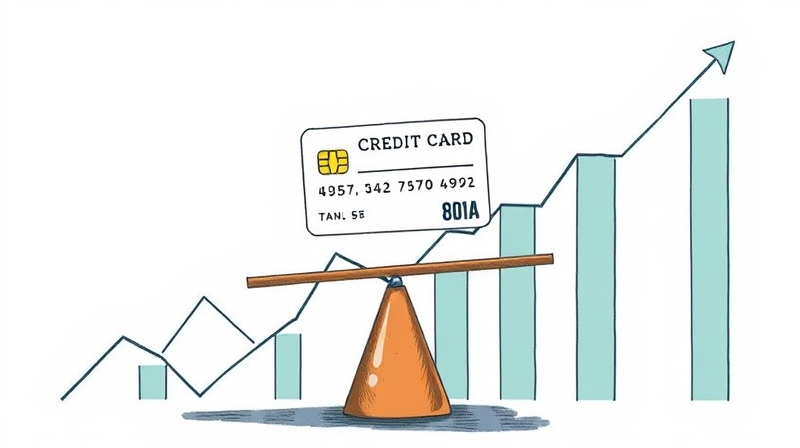
In mid-2025, credit card APRs have soared to historic highs, leaving consumers anxious about skyrocketing interest costs. For borrowers who anticipate carrying a balance, a fixed-rate APR card can serve as a beacon of stability. This article explores why choosing a fixed-rate card is a prudent move, how to find one, alternatives if fixed-rate isn’t available, and strategies to navigate a high-rate environment.
As rates climb, understanding your options empowers you to make confident financial decisions moving forward and protects your future cash flow.
A fixed-rate credit card features an APR that remains unchanged unless you trigger a penalty or significant credit event. Unlike variable-rate cards, which fluctuate with market indexes, fixed-rate cards lock in your rate at account opening, offering predictable monthly payments for budgeting.
Historically, most credit cards offered fixed rates, but the majority today carry variable APRs tied to the prime rate. As of Q1 2025, average variable APRs exceed 21.9%, and new card offers average 24.33%. In contrast, the lowest advertised fixed-rate card, the AFCU Platinum Visa® Rewards, sets an APR as low as 10.65%.
In a rising-rate environment, variable-rate cardholders face automatic hikes, increasing monthly interest charges. By choosing a fixed-rate card, you secure protection against future rate hikes and gain clarity on your finance costs. This stability matters most to those who carry balances beyond a single billing cycle.
Consider a borrower with a $5,000 balance. With an average variable APR of 24%, interest accrues at $100 per billing period. If rates rise another 1.5%, the monthly interest jumps by $6.25. Over a year, these incremental costs compound, adding hundreds of dollars in interest. A fixed-rate card shields you from that unpredictability.
Fixed-rate cards are rare among national issuers. They tend to appear at local banks, credit unions, and community-based financial institutions. Often, you must meet membership criteria, such as living in a certain region or working for a partner organization.
When you locate a fixed-rate card, review terms carefully. While rate stability caters to budget-conscious borrowers, penalty APR triggers still apply, so maintain on-time payments to preserve your rate.
This table underscores how a fixed APR delivers long-term certainty compared to a variable rate that ebbs and flows with macroeconomic shifts.
If you cannot secure a fixed-rate card, consider these practical alternatives to manage borrowing costs in a high-rate market.
Using a 0% intro APR promotion effectively requires punctual payments and a repayment plan to avoid high post-promo rates.
Whether you hold a fixed-rate or variable-rate card, these strategies can help you navigate high interest rates:
Implementing these steps fosters better financial control and long-term stability in unpredictable markets.
In a market where the average new credit card APR exceeds 24%, securing a fixed-rate APR card can be a game-changer. By locking in a stable rate, you protect yourself from rising costs and simplify your budgeting process. Although fixed-rate cards are less common and often require membership, the benefits for borrowers who carry a balance are compelling.
If you cannot access a fixed-rate product, leverage 0% intro APR offers or the lowest-APR variable cards from credit unions. Above all, remain proactive: pay on time, plan your debt payoff strategy, and monitor your account terms. With these tools and insights, you can navigate rising interest periods with confidence, optimism, and bold financial resilience every day.
References













